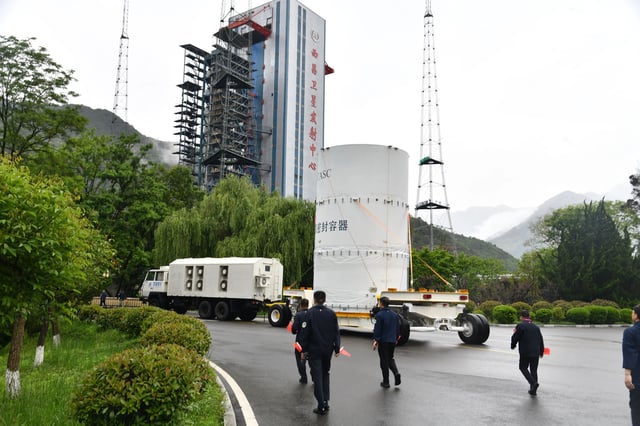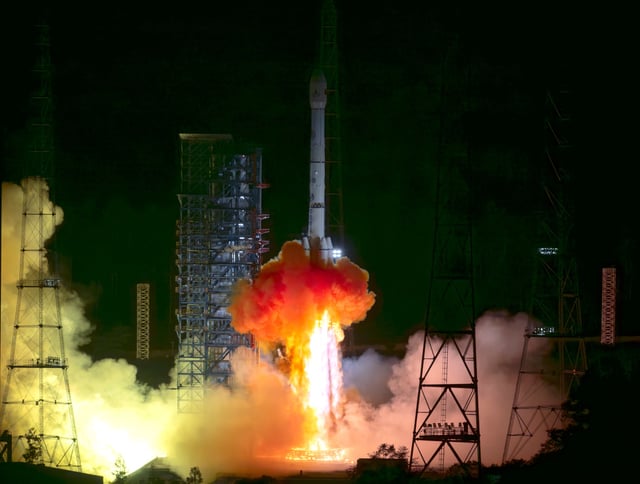Overview
- Tianwen-2 launched May 28 on a Long March 3B rocket from Xichang into a transfer orbit targeting asteroid 469219 Kamoʻoalewa
- The spacecraft is scheduled to rendezvous with the 40–100 m quasi-satellite around mid-2026, spend about nine months surveying its surface and return samples by late 2027
- Mission planners have designed three collection methods—hover sampling, touch-and-go with a robotic arm and anchored drilling—to secure material from the fast-rotating asteroid
- Scientists aim to determine whether Kamoʻoalewa originated as lunar debris and to gain new insights into the formation and evolution of the Earth-Moon system
- After delivering its asteroid payload, Tianwen-2 will use an Earth gravity assist to begin a seven-year journey for a flyby of comet 311P/PANSTARRS around 2035



